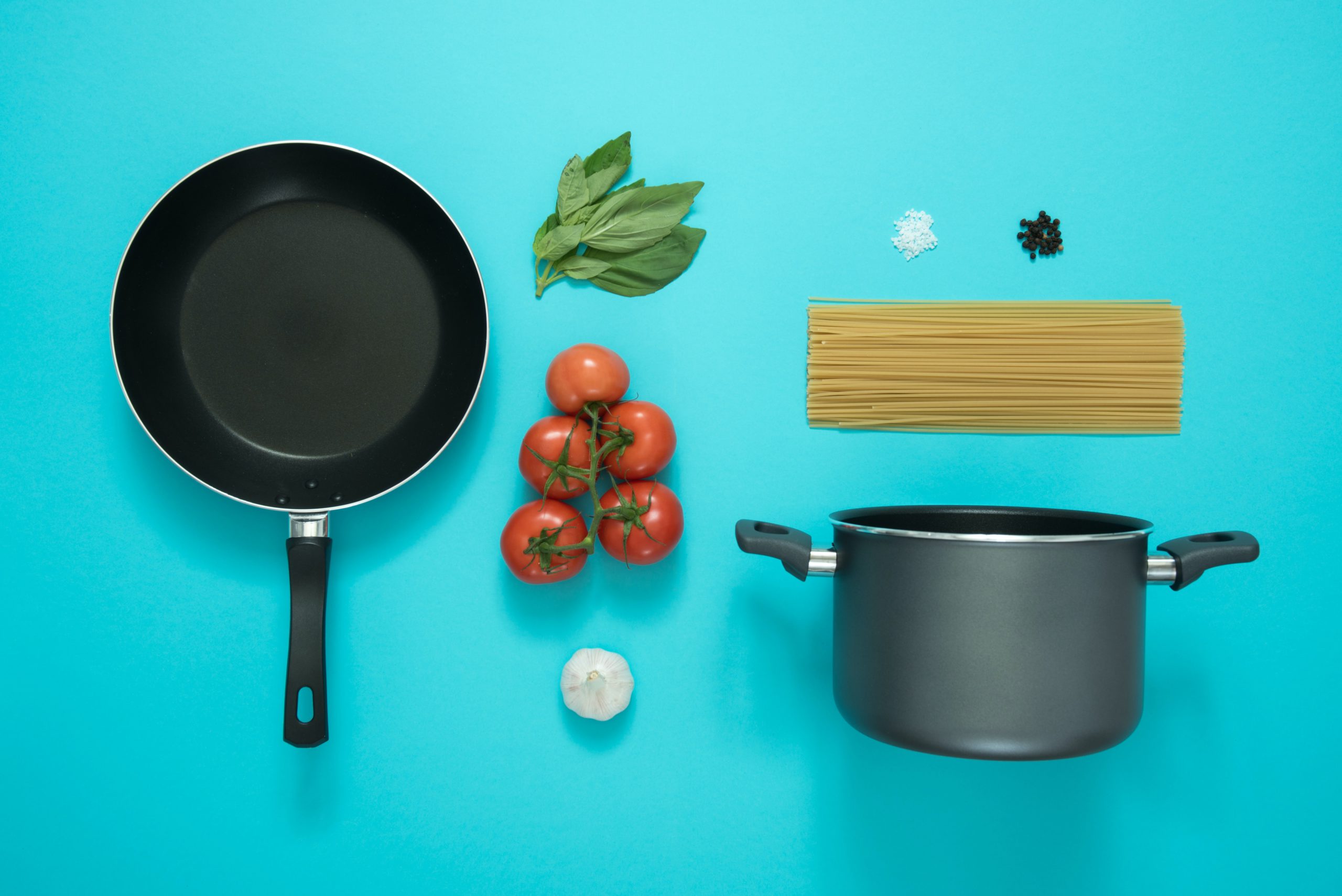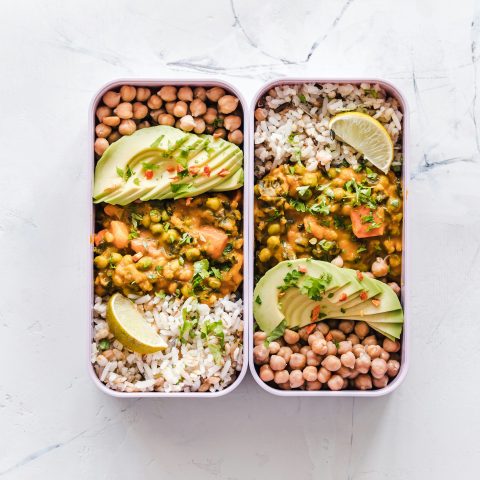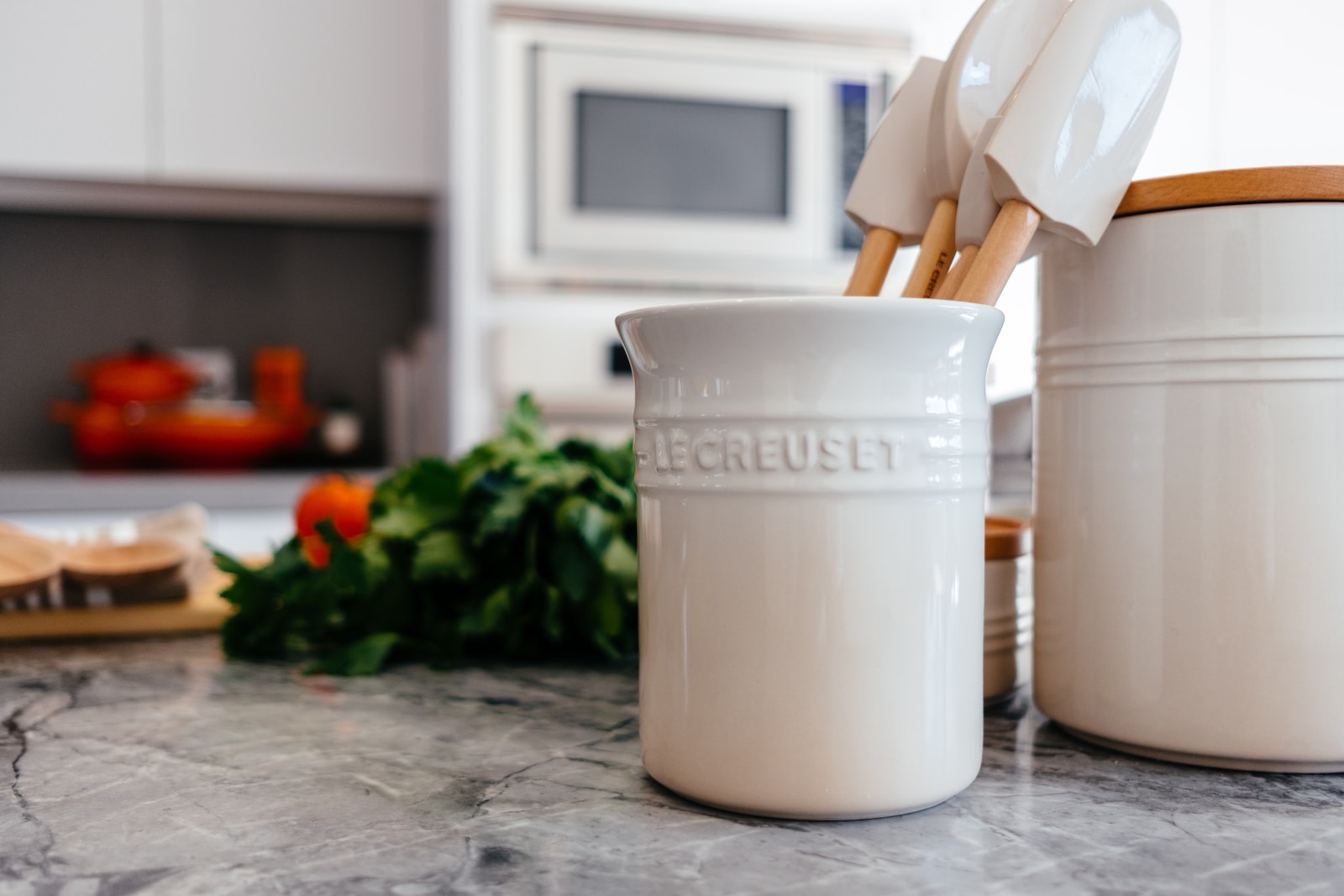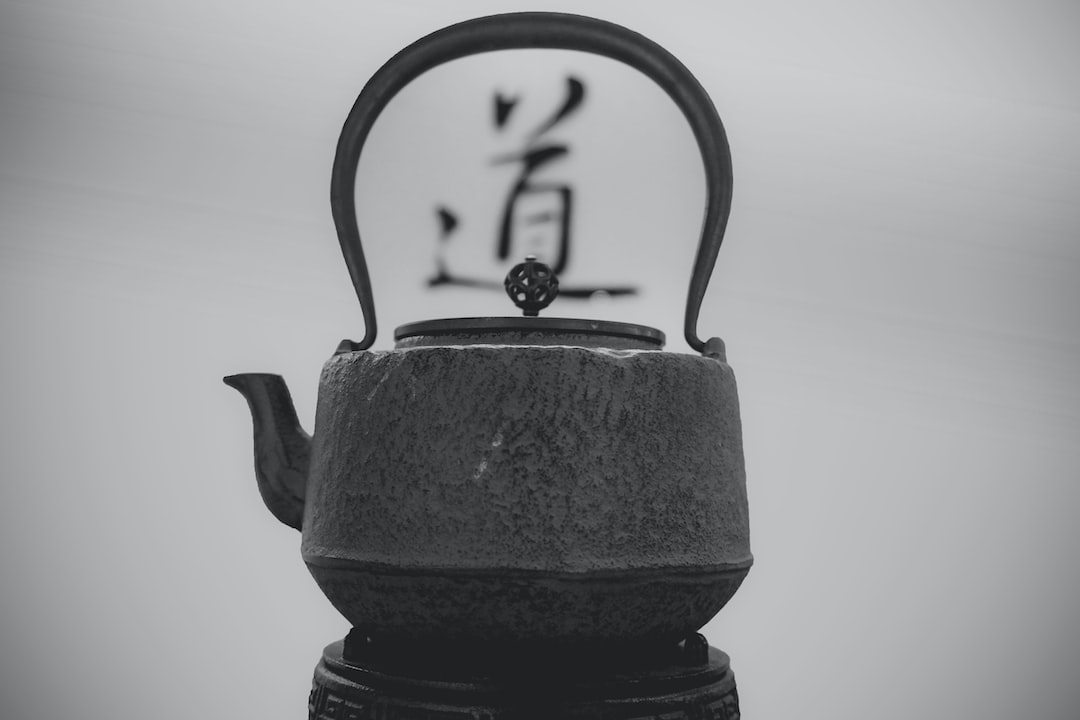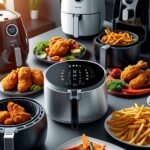Ladle of Contents
Key Takeaways:
- A 3-quart pot is a versatile and medium-sized cooking vessel commonly used in kitchens.
- Understanding the capacity and dimensions of a 3-quart pot is essential for selecting the right cookware for your needs.
- The 3-quart pot is suitable for a variety of cooking tasks, including boiling, simmering, and making sauces.
- Consider the material, handle design, and lid when choosing a 3-quart pot to ensure optimal performance.
- Proper care and maintenance of your 3-quart pot will prolong its lifespan and enhance its functionality.
Introduction
When it comes to cookware, having the right-sized pot can significantly impact your cooking experience. One commonly encountered size in the kitchen is the 3-quart pot. Whether you’re a seasoned chef or an aspiring home cook, understanding the dimensions, uses, and benefits of a 3-quart pot can help you make informed decisions about your culinary tools. In this article, we will delve into the world of 3-quart pots, exploring their size, versatility, and practical applications. So let’s unravel the mysteries surrounding this medium-sized pot and discover its potential in your kitchen.
What Does “3-Quart” Mean?
When we refer to a pot’s capacity, the term “quart” is used to measure liquid volume. One quart is equivalent to 32 fluid ounces or approximately 0.95 liters. Therefore, a 3-quart pot can hold up to 96 fluid ounces or around 2.8 liters of liquid. Understanding the capacity of a 3-quart pot is crucial for determining the amount of food it can accommodate and its suitability for different cooking tasks.
The Dimensions of a 3-Quart Pot
While the capacity of a 3-quart pot is standardized, its dimensions can vary slightly depending on the manufacturer and design. Generally, a 3-quart pot has a diameter ranging from 8 to 9 inches (20 to 23 centimeters) and a depth of approximately 3 to 4 inches (7.5 to 10 centimeters). These dimensions are approximate and can differ based on the specific pot’s shape, such as wider or taller models. It’s important to consider the dimensions of a 3-quart pot, as they will determine its compatibility with your stovetop, storage space, and cooking preferences.
Versatility in the Kitchen
A 3-quart pot is a versatile piece of cookware that can handle various cooking tasks. Its moderate size makes it suitable for both small and medium-sized recipes. Here are some common uses for a 3-quart pot:
Boiling: A 3-quart pot is ideal for boiling water for pasta, blanching vegetables, or cooking grains like rice and quinoa. Its size allows for efficient heat distribution and easy handling.
Simmering and Sauces: With its moderate capacity, a 3-quart pot is perfect for simmering sauces, stews, and soups. It provides enough space for flavors to meld and develop without excessive evaporation.
Steaming: Many 3-quart pots come with a steamer insert, making them suitable for steaming vegetables, dumplings, and other delicate foods. The insert allows you to cook multiple items simultaneously, saving time and effort.
One-Pot Meals: The 3-quart pot can serve as the centerpiece for one-pot meals, such as ris
ottos, casseroles, or stir-fries. Its size allows you to combine ingredients and cook them together, minimizing cleanup while maximizing flavor.
Reheating: When it comes to reheating leftovers or warming up soups and sauces, the 3-quart pot provides a convenient and efficient option. Its moderate size accommodates a sufficient amount of food while maintaining even heating.
Choosing the Right 3-Quart Pot
Several factors should be considered when selecting a 3-quart pot to ensure optimal performance and durability. Here are some key aspects to keep in mind:
Material: 3-quart pots are available in various materials, including stainless steel, aluminum, non-stick, and enameled cast iron. Each material has its own advantages and considerations in terms of heat distribution, durability, and maintenance. Choose a material that aligns with your cooking style and preferences.
Handle Design: Look for a pot with sturdy, heat-resistant handles that provide a comfortable grip. Handles that are securely attached to the pot and remain cool during cooking will enhance safety and convenience.
Lid: A well-fitting lid is essential for trapping heat and moisture while cooking. Opt for a 3-quart pot with a tight-fitting lid that helps retain flavors and nutrients.
Caring for Your 3-Quart Pot
To prolong the lifespan and maintain the performance of your 3-quart pot, proper care and maintenance are crucial. Here are some tips to keep in mind:
Cleaning: Follow the manufacturer’s instructions for cleaning your specific pot. In general, most 3-quart pots can be hand-washed with mild detergent and warm water. Avoid abrasive scrubbers or harsh cleaning agents that may damage the pot’s surface.
Storage: When storing your 3-quart pot, consider its dimensions and nesting capabilities. Some pots are designed to stack or nest within each other, optimizing storage space in your kitchen cabinets.
Usage: Always use appropriate utensils that won’t scratch or damage the pot’s interior. Avoid sudden temperature changes, such as placing a hot pot under cold water, as this can cause thermal shock and potentially damage the pot.
Conclusion
The 3-quart pot is a versatile and practical cooking vessel that can elevate your culinary endeavors. Its medium size and moderate capacity make it suitable for a wide range of cooking tasks, from boiling and simmering to steaming and reheating. Understanding the dimensions, uses, and considerations when choosing a 3-quart pot will empower you to make informed decisions and enhance your cooking experience. Remember to care for your 3-quart pot properly, and it will continue to serve you well in the kitchen for years to come. So go ahead, embrace the potential of the 3-quart pot and unlock new culinary possibilities!

